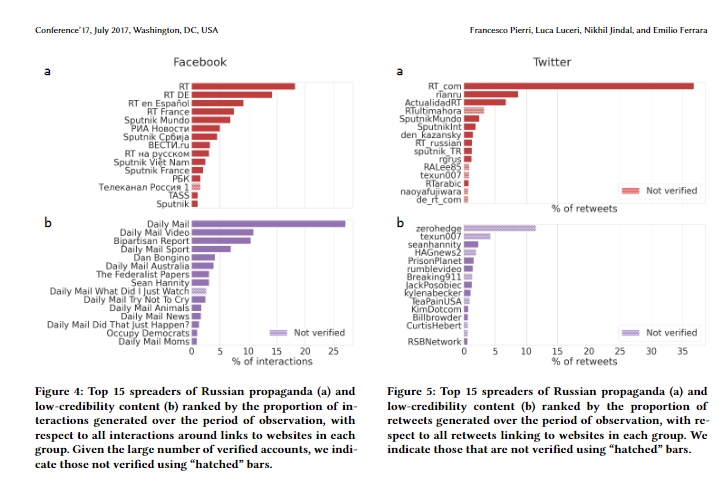Sorry to hear this Dan, but I might be able to help in terms of providing some perspective for moving forward.
These days the idea of bestseller means selling in the range of 10,000 books. The average book released these days sells only 250 copies, so if you're over that, you're doing well.
It's also incredibly uncommon for any publishers to put any serious money behind promoting their titles unless PR opportunities are falling off the trees for them. (This means that unless you've been selling a million copies of everything you write, they probably don't care.) Many publishers will assign you a pro-forma publicist to help when they can, but don't expect much from them. Most publishers will tell you to hire your own book publicist (usually for about $1,500-3,000 a month).
My guess is that the first run of your book was probably 1,000 to 2,000 books, which will bring the cost of raw printing down to $2 a copy. If you need copies of your book and they're remaindering them, you might offer the publisher $1-2 a copy plus shipping to get 50 or 100 copies for yourself for hand sales over the next decade (for speaking engagements, etc.) or selling a few copies from your own stash on platforms like Amazon, Abebooks, Alibris, etc. The cost of keeping a book in print these days is usually around $12 a year and then they print them on demand.
Some of the methods you mentioned, talks, online readings, etc. can be useful marketing for both you and your book(s). Look around your local community/state for book events, fairs, bookstores that invite authors, etc to supplement this.
Depending on your next title, it might be worth hiring a publicist if you're going the route of a text accessible to a broader public.Often this can be a reasonable risk but getting copies into reviewers' hands can be helpful, as can radio or print appearances. Another option is to pay for adds in appropriate print magazine outlets related to your material.
It's an uphill slog, but getting a publisher to take most of the risk and offering you all the free amenities of editing, proofreading, typesetting and distribution can be worth it in the end to get your material out.
When choosing your next publisher/editor, have a bit of this conversation with them at the outset to see what expectations they have for themselves. Don't tip your hand though by letting them know prior sales numbers.
Since you've got your own website/newsletter/social media presence, you should also look into affiliate accounts with the bigger online platforms. Chances are you're actually selling most of your own copies, you may as well get a 4% or larger cut of the referrals you're giving. Your link on this page alone could give you a reasonable little return on top of the boilerplate 7% you're probably getting from the publisher.
